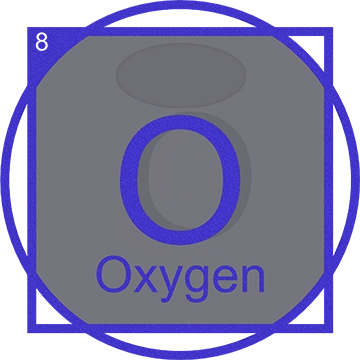Oxygen: The Breath of Life and Innovation
Introduction to Oxygen
Oxygen is a colorless, odorless, and highly reactive gas represented by the symbol 'O' and atomic number 8. It is the most abundant element by mass in the Earth's crust and the third most abundant in the universe by mass. Oxygen is vital for the respiration of virtually all multicellular life forms on Earth and is a critical component of the Earth's atmosphere. This element plays a crucial role in the water cycle, supports combustion, and is integral to the biosphere's energy transfer processes.
The Discovery of Oxygen
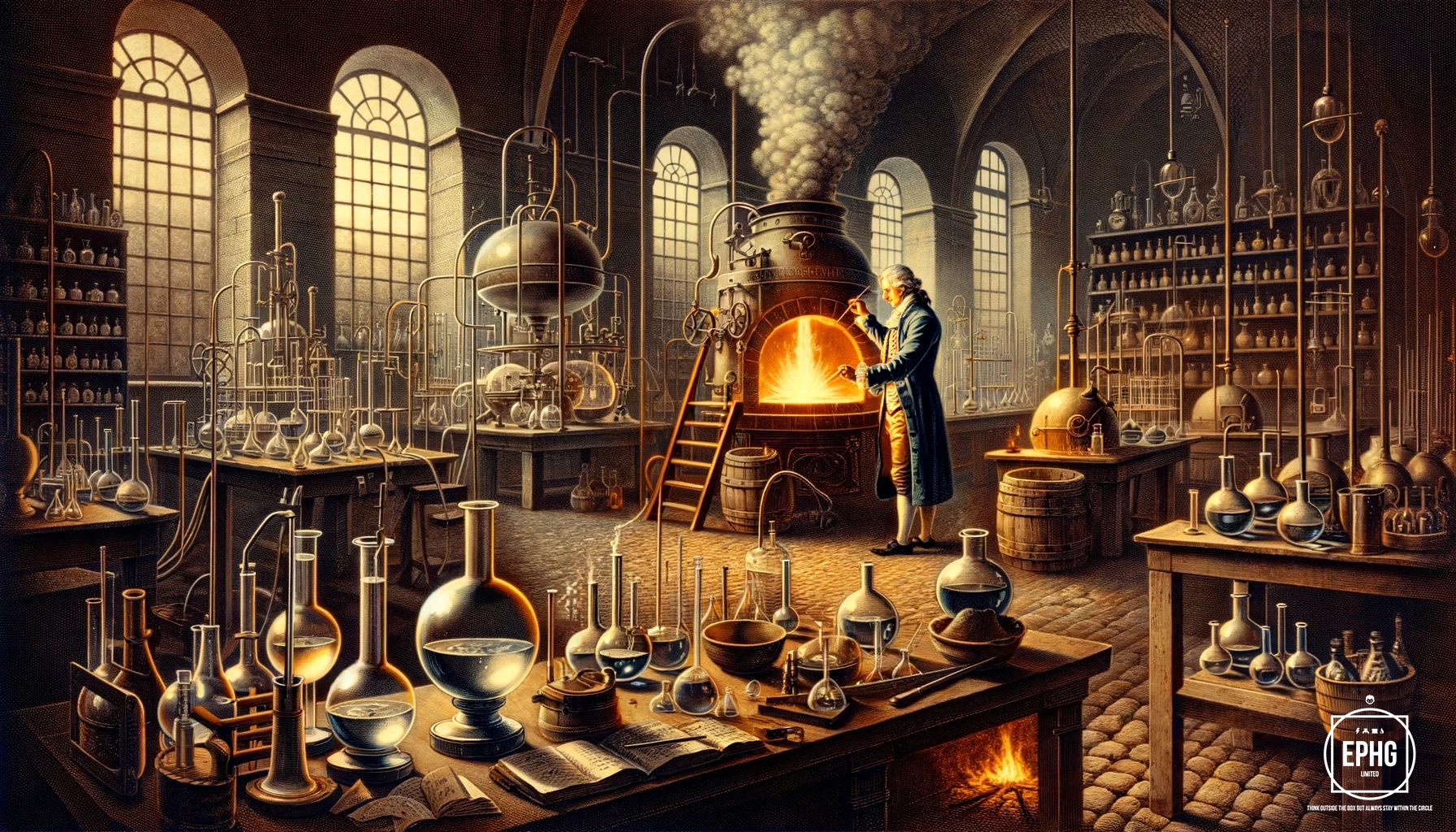
Oxygen was first discovered independently in the mid-18th century by two notable chemists, Carl Wilhelm Scheele in Sweden and Joseph Priestley in England. Scheele produced oxygen by heating mercuric oxide and various nitrates by about 1772 but did not publish his findings until 1777. On the other hand, Joseph Priestley is often credited with the discovery because he published his findings first, in 1774. Priestley conducted his experiment by focusing sunlight on a sample of mercuric oxide and collecting the gas emitted, which he later identified as a component of air essential for combustion and respiration.
The Discovery Technique of Joseph Priestley
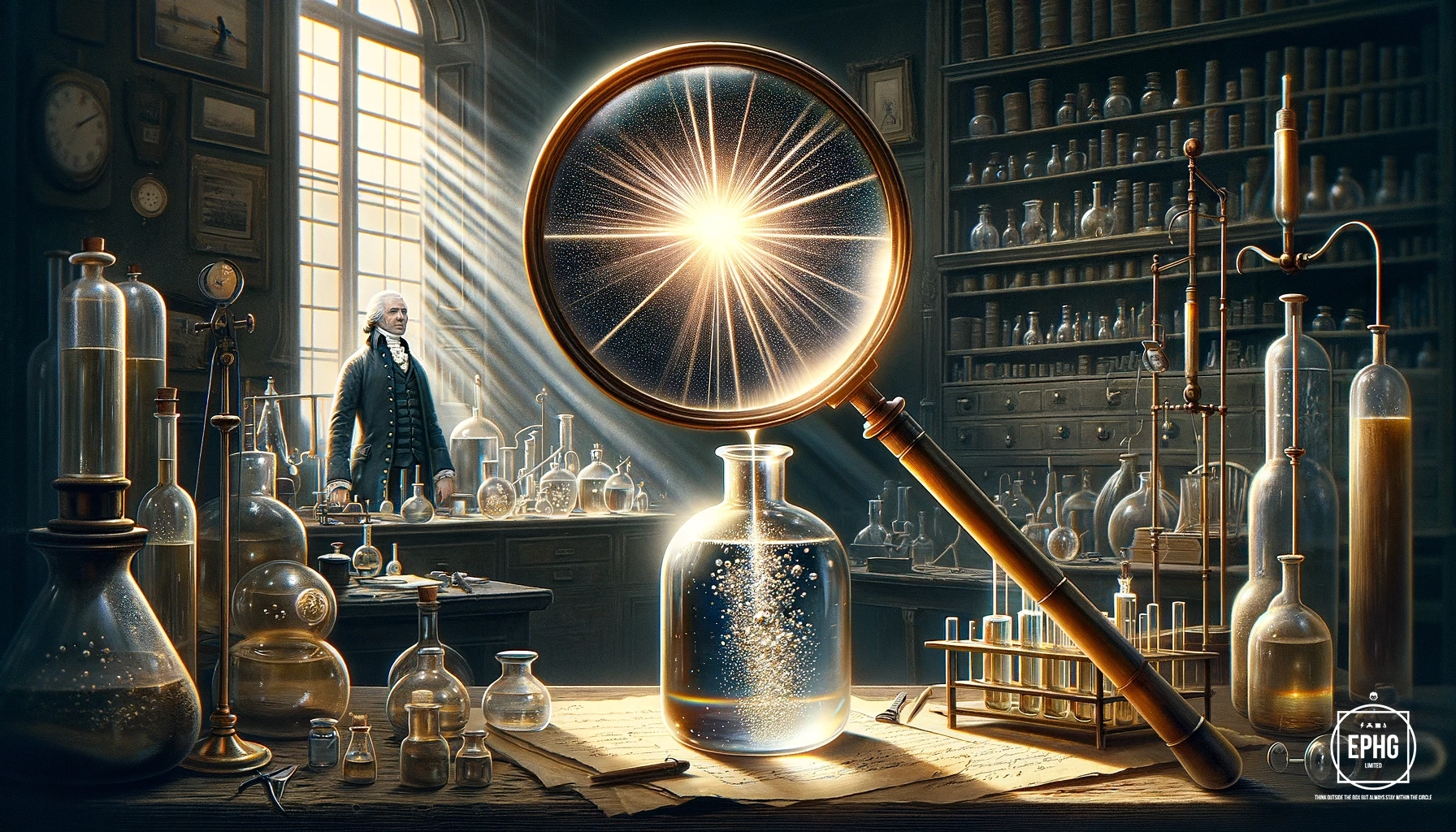
In 1774, Joseph Priestley discovered oxygen by using a simple but effective experimental setup. He directed sunlight through a large magnifying glass to focus the rays onto a sample of mercuric oxide contained in a glass tube. This intense concentration of sunlight caused the mercuric oxide to decompose, releasing a gas which Priestley later identified as oxygen. This experiment marked the first time oxygen was isolated, demonstrating its role in supporting combustion and respiration, pivotal to understanding atmospheric chemistry.
Oxygen in the Periodic Table
Oxygen is part of the chalcogen group in the periodic table, known for its high electronegativity and strong ability to form compounds, particularly oxides. Explore the periodic table to see oxygen's placement and its relationships with other elements.
Physical and Chemical Properties of Oxygen
This section would detail oxygen's properties like its two allotropic forms, dioxygen (O2) and ozone (O3), its reactivity, and common compounds.
Applications of Oxygen in Science and Technology
Oxygen is pivotal in various fields such as medicine (in respiratory treatments), environmental science (ozone layer studies), and technology (in combustion processes). It's also crucial in water treatment processes and the aerospace industry.
Oxygen's Role in Environmental Science
Discusses how oxygen impacts environmental technologies, climate change studies, and ecological balance.
Natural Production of Oxygen
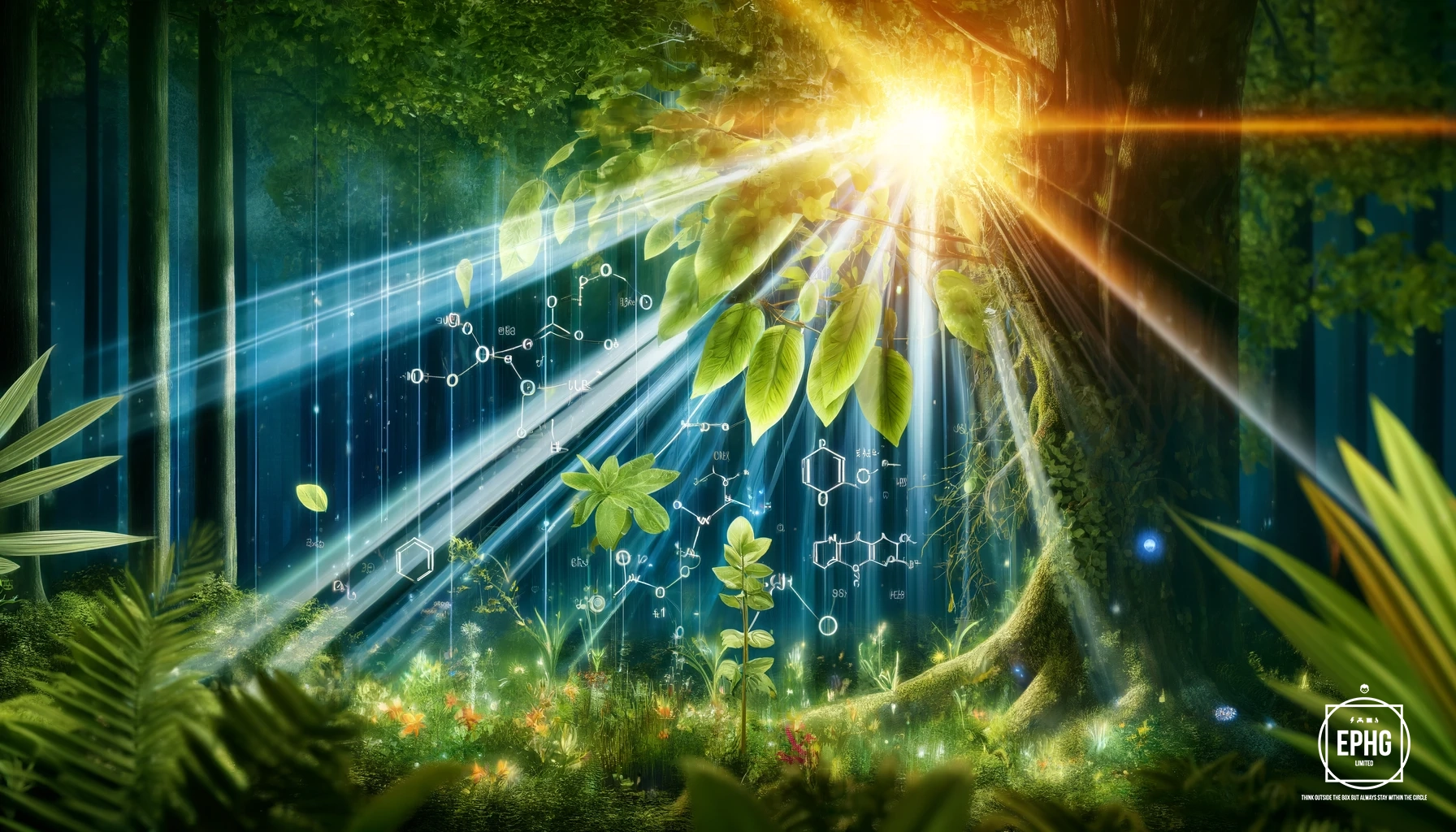
Oxygen is primarily produced in nature through a process known as photosynthesis, which is carried out by plants, algae, and certain bacteria. This critical process involves the transformation of sunlight into chemical energy, effectively converting carbon dioxide and water into glucose and oxygen. The oxygen released during photosynthesis is what sustains most life forms on Earth by replenishing the atmosphere with this vital gas.
Photosynthesis consists of two main stages: the light-dependent reactions and the Calvin cycle. In the light-dependent reactions, which take place in the thylakoid membranes of the chloroplasts, sunlight is captured by chlorophyll and other pigments. This light energy is then used to split water molecules into hydrogen and oxygen. The oxygen produced as a byproduct of this reaction is released into the atmosphere. The hydrogen, meanwhile, is used in the Calvin cycle to convert atmospheric carbon dioxide into organic compounds like glucose.
Applications of Oxygen in Science and Technology
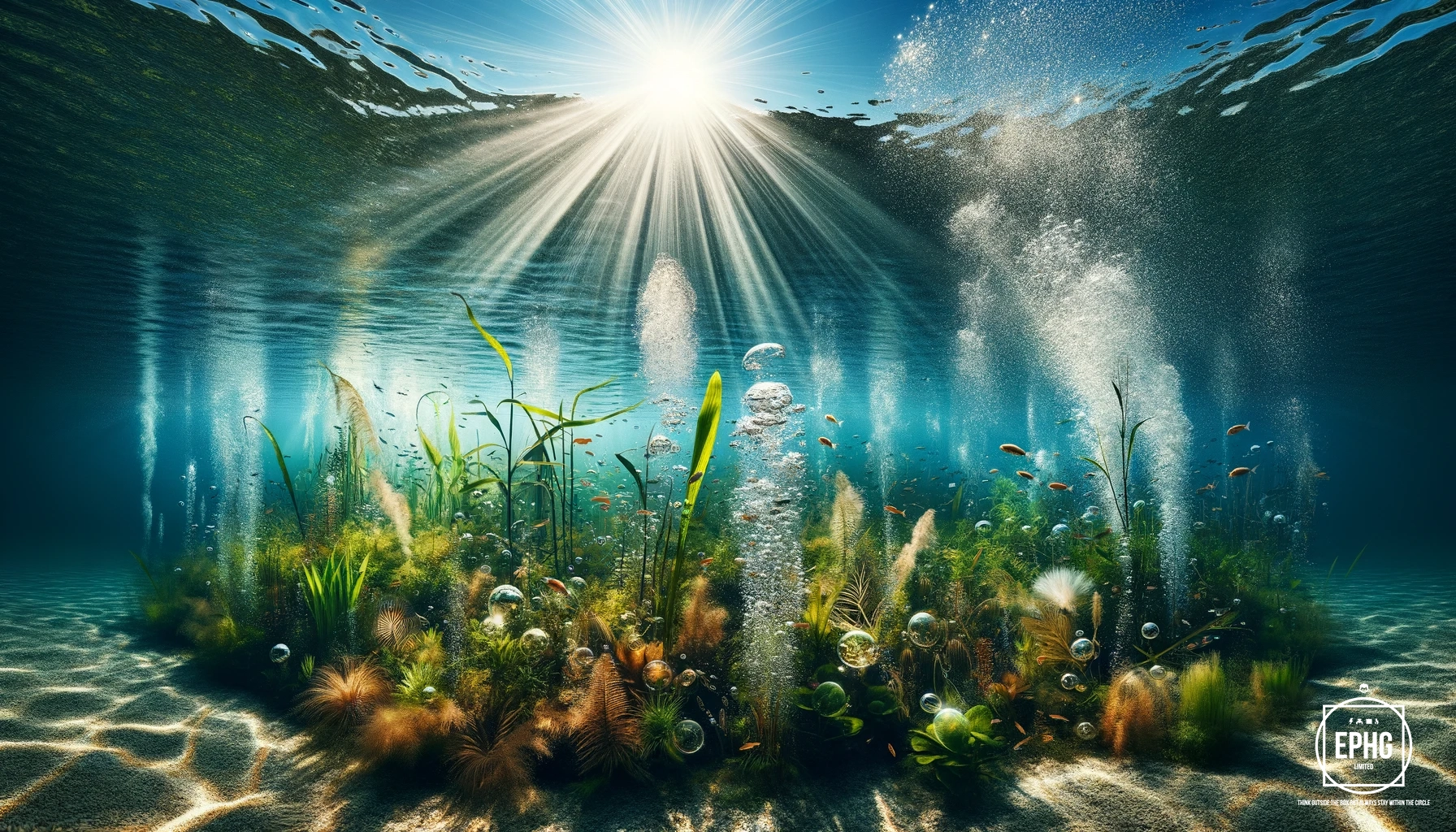
In addition to photosynthesis, oxygen is also released into the environment through the photolysis of water under ultraviolet light in the upper atmosphere. This less common but significant process contributes to the formation of the protective ozone layer by producing oxygen molecules that later form ozone (O3) through various atmospheric reactions. The continuous interplay of these natural processes ensures the availability of free oxygen, which is essential for the survival of aerobic organisms and influences various environmental systems on our planet.
Easy Home Experiment to Make Oxygen
Creating oxygen at home can be a fun and straightforward science project. You only need a few common items to see how oxygen is made during a chemical reaction. Here's a simple way to do it with everyday things you might already have.
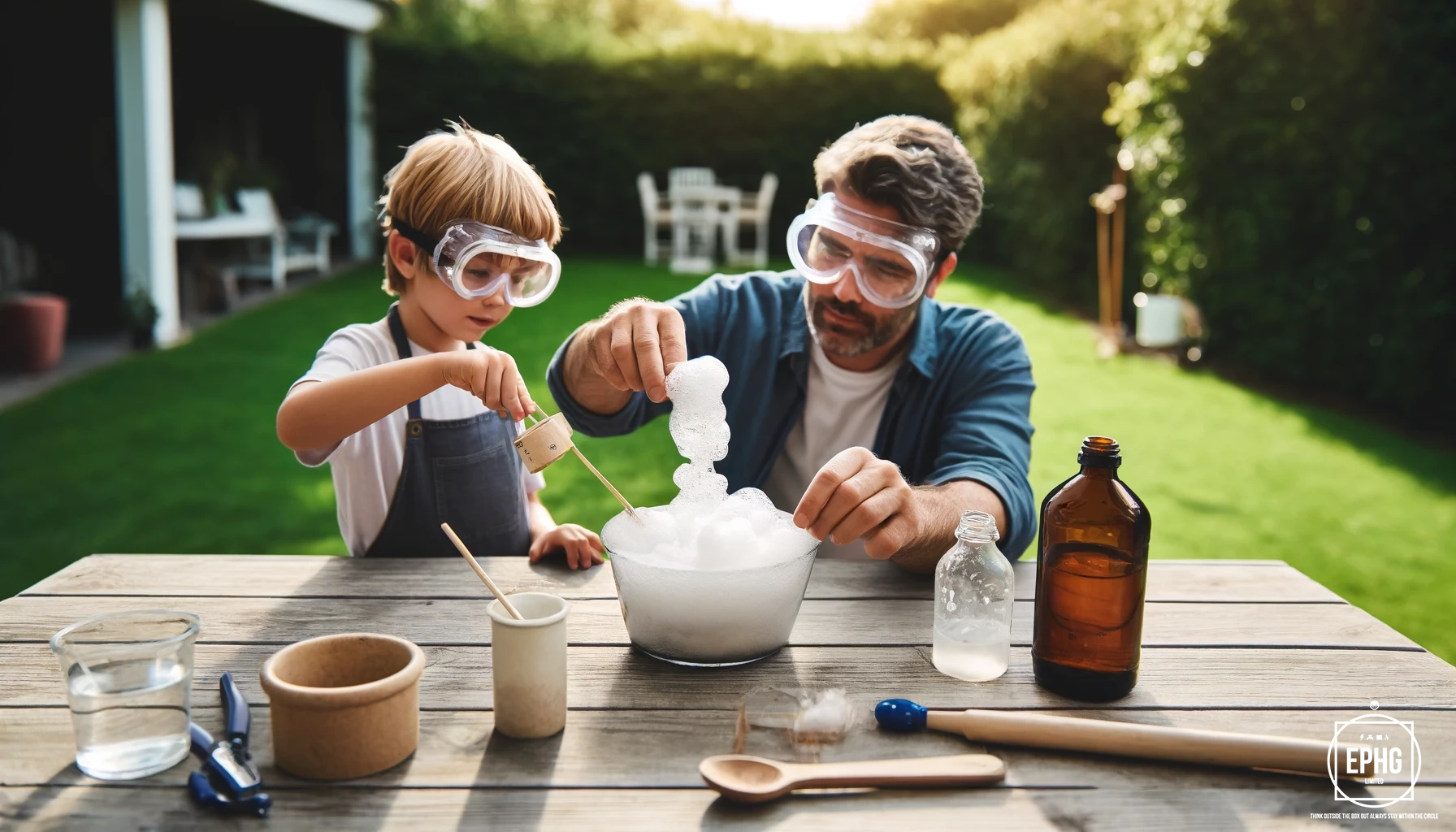
What You Need:
- Hydrogen Peroxide: This is the same solution you find in a first aid kit for cleaning cuts.
- Manganese Dioxide: This is a black powder you might find in some batteries. If you don't have this, you can order it online.
- A Small Bowl or Glass: Any clean container will work.
- A Spoon: For mixing.
- Safety Goggles: It’s always good to protect your eyes when doing science experiments.
Steps to Follow:
- Set up your experiment outside or in a well-ventilated room. Safety first!
- Pour about half a cup of hydrogen peroxide into the bowl.
- Add a spoonful of manganese dioxide to the hydrogen peroxide.
- Watch the reaction! You'll see bubbles and foam—it's oxygen being released!
What Happens: When you mix hydrogen peroxide and manganese dioxide, the hydrogen peroxide breaks down into water and oxygen. The manganese dioxide helps speed up this reaction but doesn't change itself. You’re seeing oxygen gas escaping as bubbles!
This experiment is a great way to see chemistry in action and learn about how oxygen is made. Remember to always be careful and wear your safety goggles!
The Future of Oxygen on Mars
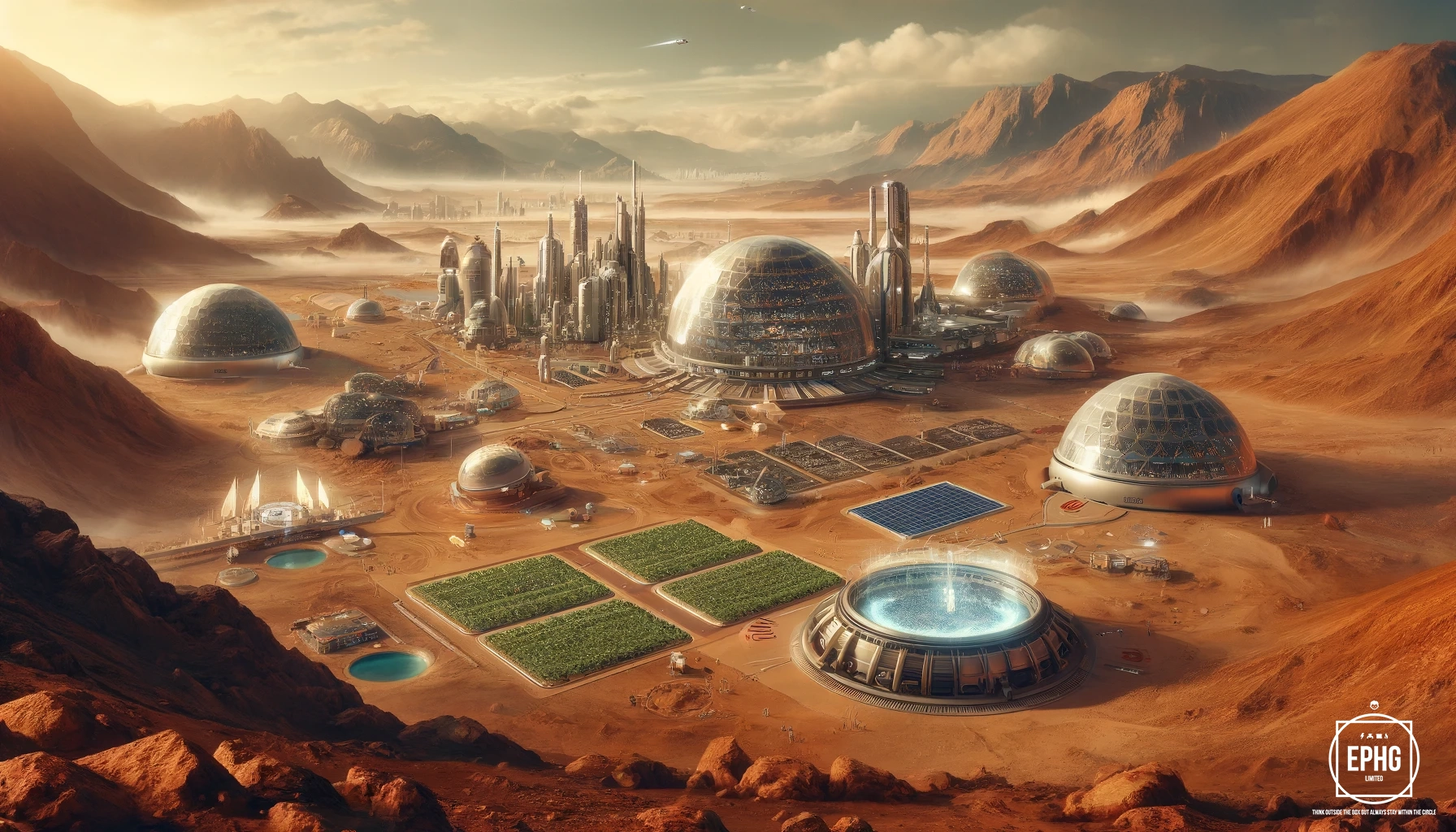
The quest for sustaining human life on Mars hinges significantly on our ability to produce oxygen on the Red Planet. Given Mars' atmosphere is primarily carbon dioxide, with only about 0.13% oxygen, innovative methods to generate breathable air are crucial for future manned missions and long-term habitation. NASA's Perseverance rover has already taken pioneering steps with its MOXIE experiment (Mars Oxygen In-Situ Resource Utilization Experiment), which successfully converted Martian carbon dioxide into oxygen.
MOXIE works by electrochemically splitting carbon dioxide molecules into oxygen and carbon monoxide. While currently a small-scale demonstration, plans are underway to scale this technology for more robust oxygen production. Future systems could potentially support human missions, providing not only breathable air but also oxygen for rocket fuel, critical for return journeys to Earth.
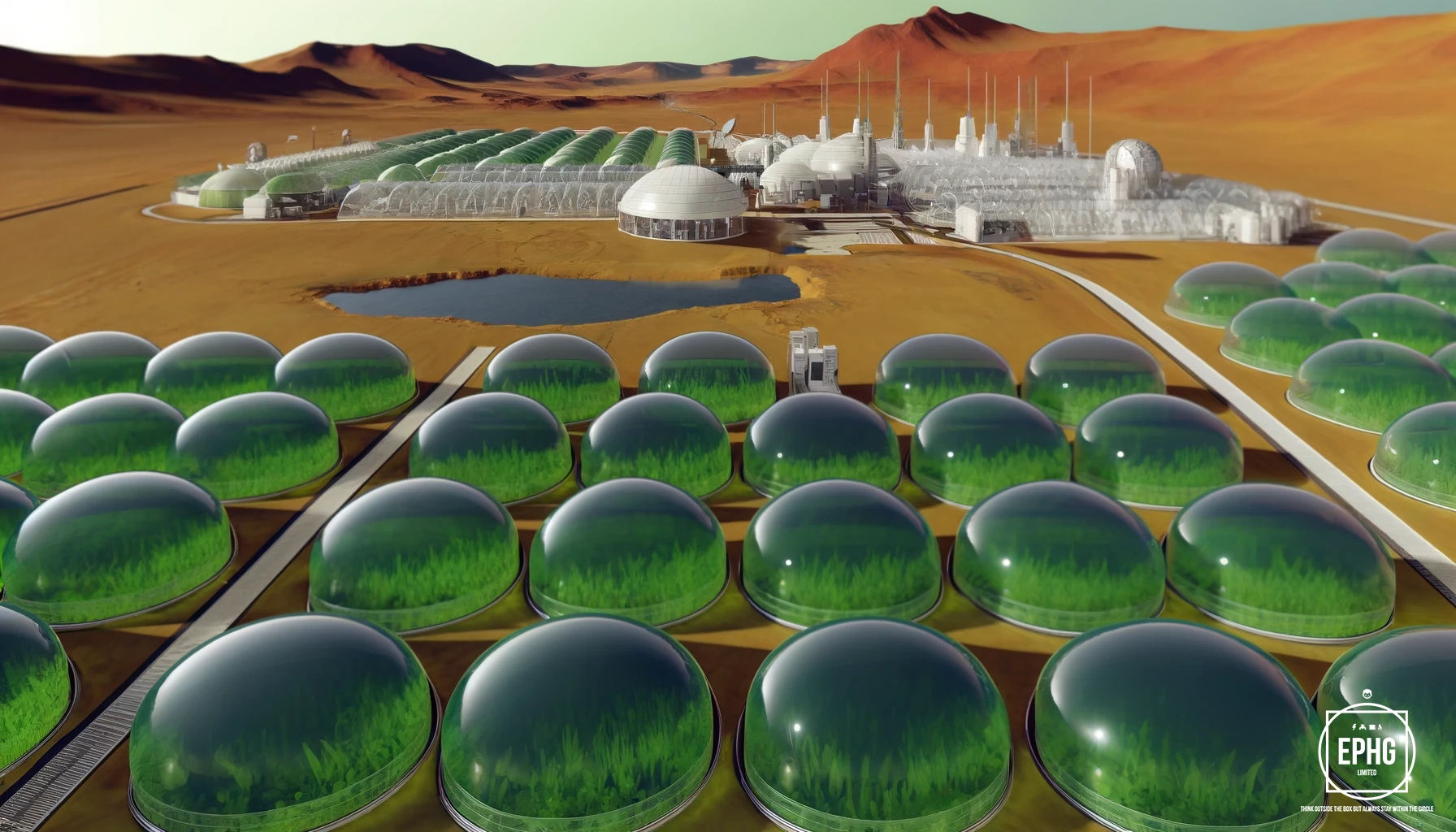
Looking forward, the development of more advanced technologies could see the integration of biological approaches, such as using genetically modified cyanobacteria or algae, which can photosynthesize under Martian conditions. These biological systems might complement mechanical oxygen generators, creating a sustainable and reliable oxygen supply. The successful establishment of such life-supporting technologies on Mars could pave the way for permanent human settlements, turning science fiction into reality.
